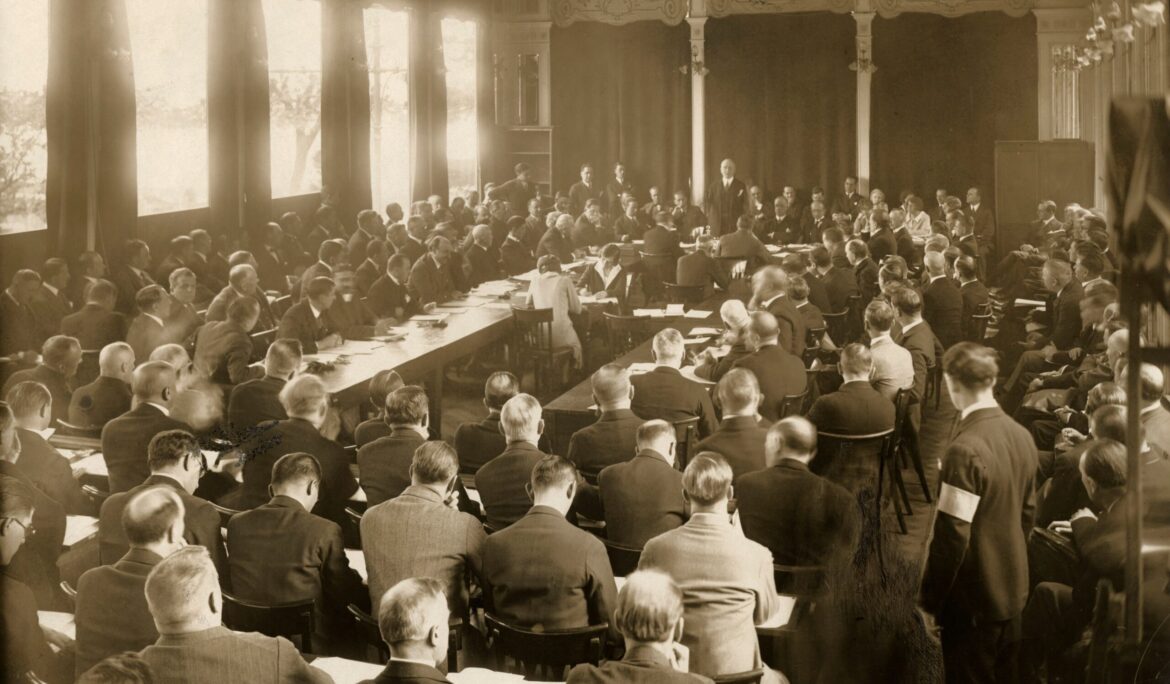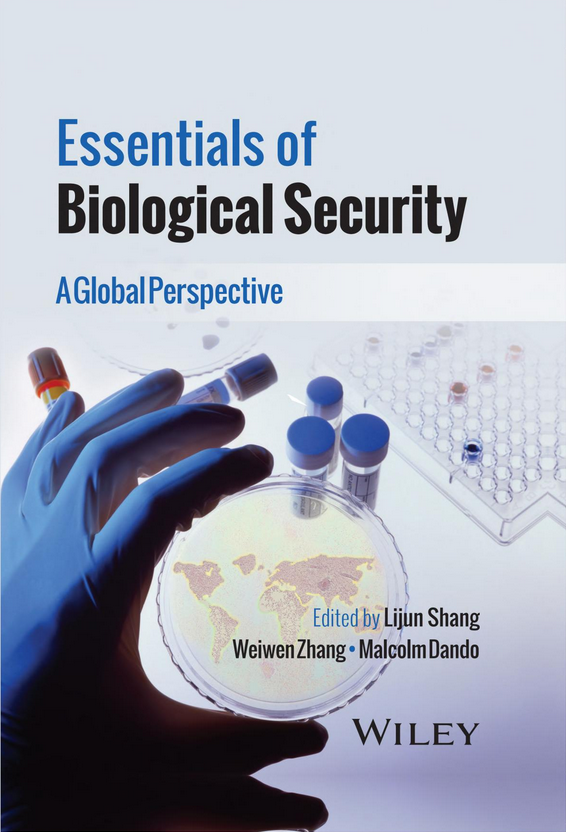The 1925 Geneva Protocol: The League of Nations’ Only Arms Control Agreement
Historical Notes #6 (July 2025), 107pp. The origins of the Geneva Protocol and the history of its negotiation 100 years ago, including an analysis of why Poland insisted on inserting bacteriological weapons in the document. For download. On Wednesday, 17 June 1925, the Conference for the Supervision of the International Traffic in Arms successfully concluded six weeks of negotiations with three agreements. One of them was the Protocol for the Prohibition of the Use in War of Asphyxiating, Poisonous or Other Gases, and of Bacteriological Methods of Warfare. Of the forty-four participating delegations, twenty-six possessed plenipotentiary power to sign the …
Falling between the Cracks and by the Sides
Next month, Essentials of Biological Security: A Global Perspective edited by Lijun Shang, Weiwen Zhang and Malcolm Dando will be published. The book offers an introduction to biological security and the chemical and biological weapons (CBW) threat spectrum and explores the history of biological weapons from antiquity to modern day. Its core comprises expert analyses of the Biological and Toxin Weapons Convention and other relevant international agreements and organisations and practical discussions of dual-use technologies and how to minimise their risk. (For a preview of the book contents, click here.) I contributed the chapter Falling between the Cracks and by …
Innocence Slaughtered
Innocence Slaughtered Gas and the transformation of warfare and society Jean Pascal Zanders (ed) Publication: December 2015 Table of Contents Ahmet Üzümcü (Director-General Organisation for the Prohibition of Chemical Weapons): Preface Jean Pascal Zanders: Introduction Jean Pascal Zanders: The Road to The Hague Olivier Lepick: Towards total war: Langemarck, 22 April 1915 Luc Vandeweyer: The Belgian Army and the gas attack on 22 April 1915 Dominiek Dendooven: 22 April 1915 – Eyewitness accounts of the first gas attack Julian Putkowski: Toxic Shock: The British Army’s reaction to German poison gas during the Second Battle of Ypres David Omissi: The Indian …
Innocence Slaughtered – Forthcoming book
The introduction of chemical warfare to the battlefield on 22 April 1915 changed the face of total warfare. Not only did it bring science to combat, it was both the product of societal transformation and a shaper of the 20th century societies. This collaborative work investigates the unfolding catastrophe that the unleashing of chlorine against the Allied positions meant for individual soldiers and civilians. It describes the hesitation on the German side about the effectiveness, and hence impact on combat operations of the weapon whilst reflecting on the lack of Allied response to the many intelligence pointers that something significant …
Innocence Slaughtered: Book launch at the OPCW
Wednesday, 2 December, Innocence Slaughtered finally saw the light. At a lunch-time side event at the OPCW Headquarters during the Conference of the States Parties to the Chemical Weapons Convention in The Hague, the book got presented to an audience of some 40 people. Ambassador Ahmet Üzümcü, Director-General of the OPCW, opened the proceedings, followed by Mr Jef Verschoore, Deputy-Mayor of Ieper and Chairperson of the In Flanders Fields museum, sponsor of the publication project. One of the chapter authors, medical historian Dr Leo van Bergen reflected on the deeper meaning of the book’s title: Innocence Slaughtered. Mr Dominiek …


